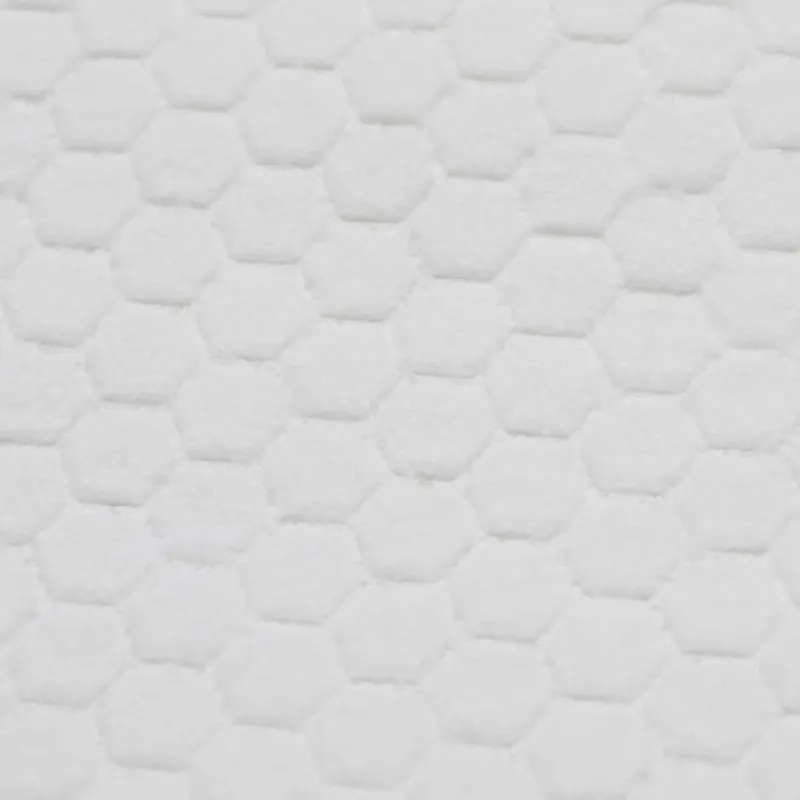
- Afrikaans
- Arabic
- Belarusian
- Bengali
- Czech
- Danish
- Dutch
- English
- Esperanto
- Estonian
- Finnish
- French
- German
- Greek
- Hindi
- Hungarian
- Icelandic
- Indonesian
- irish
- Italian
- Japanese
- kazakh
- Rwandese
- Korean
- Kyrgyz
- Lao
- Latin
- Latvian
- Malay
- Mongolian
- Myanmar
- Norwegian
- Persian
- Polish
- Portuguese
- Romanian
- Russian
- Serbian
- Spanish
- Swedish
- Tagalog
- Tajik
- Thai
- Turkish
- Turkmen
- Ukrainian
- Urdu
- Uighur
- Uzbek
- Vietnamese
Understanding Different Types of Artificial Turf for Various Applications
Oct . 15, 2024 22:34 Back to list
Understanding Artificial Turf Types A Comprehensive Guide
Artificial turf, often referred to as synthetic grass, has gained immense popularity in recent years due to its numerous benefits and versatility. Its applications range from sports fields to residential lawns, parks, and even indoor spaces. However, not all artificial turf is created equal. Understanding the different types of artificial turf can help consumers make informed decisions based on their needs, preferences, and budgets.
1. Nylon Artificial Turf
Nylon is one of the most durable materials used in the production of artificial turf. Its resilience and ability to withstand heavy foot traffic make it an ideal choice for sports fields that experience rigorous activities. However, nylon turf often comes with a higher price tag compared to other materials. Its ability to shed water quickly also makes it suitable for areas with high moisture levels. While nylon turf is excellent for athletic fields, it may not be the best option for residential lawns due to its stiffness and heat retention properties.
2. Polyethylene Artificial Turf
Polyethylene turf is perhaps the most popular type of artificial grass available on the market today. It is recognized for its softer texture and realistic appearance, making it a favored choice for residential lawns, playgrounds, and pet areas. Polyethylene is also UV resistant, meaning it can maintain its vibrant color even under the harsh sunlight. The combination of durability and comfort helps it to last for years while providing a lush, green aesthetic. It is important to note that while polyethylene turf is strong, it does not hold up as well as nylon under heavy traffic.
3. Polypropylene Artificial Turf
artificial turf types

Polypropylene turf is generally the most affordable option available, making it a popular choice for budget-conscious consumers. However, it is the least durable of the three primary types of artificial turf. This type is best suited for low-traffic environments such as decorative landscaping and light-use play areas. Its material is softer than nylon and somewhat less resilient than polyethylene, making it less ideal for heavy sports use. If you choose polypropylene turf, it's essential to ensure that it meets your requirements for longevity and traffic intensity.
4. Infill Types
The type of infill material used underneath the turf can significantly impact its performance and longevity. Common infill materials include crumb rubber, sand, and organic options like coconut fibers or rice hulls. Crumb rubber is widely used due to its ability to provide cushioning and support for sports applications, but it has raised some environmental concerns. Sand infill is often used for residential and commercial lawns, providing good stability and a natural look. Organic infill materials are becoming increasingly popular among eco-conscious homeowners, as they offer sustainability without compromising performance.
5. Specialized Turf
In addition to the standard types of artificial turf, specialized options are available to cater to specific needs. For instance, there are turf products designed for pets, which typically feature antimicrobial properties to manage odors and easier cleaning. There is also turf designed specifically for putting greens, which mimics the feel of natural grass while allowing golfers to practice their skills year-round. Sports fields may have turf engineered for specific sports, such as soccer, football, or field hockey, providing tailored performance characteristics like shock absorption and traction.
Conclusion
Selecting the right type of artificial turf involves considering several factors, including usage, durability, visual appeal, and budget. From nylon’s strength and resilience to polyethylene’s soft natural look and polypropylene’s affordability, each type serves different needs. Additionally, opting for the right infill material can enhance performance and usability. By understanding the different types of artificial turf available, consumers can make educated choices that ensure their investment brings satisfaction and utility for years to come.
-
The Benefits of Artificial Turf for Indoors
NewsJul.15,2025
-
How Artificial Grass Suppliers Ensure Quality Products
NewsJul.15,2025
-
Artificial Grass and Pets: A Space for Relaxation
NewsJul.08,2025
-
Balcony & Outdoor Decoration with Artificial Grass
NewsJul.08,2025
-
Best Indoor Artificial Grass for Home
NewsJul.07,2025
-
Best Pet Turf for Dogs: Safe & Durable Artificial Grass Options
NewsJul.07,2025
Products categories









